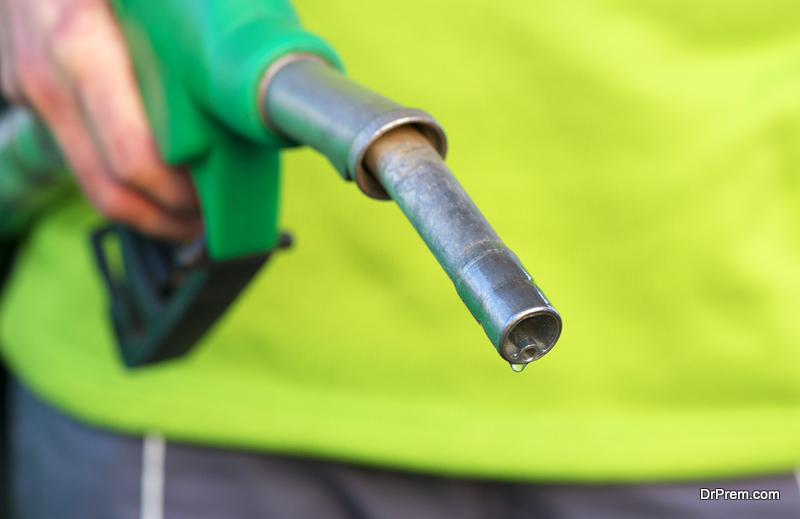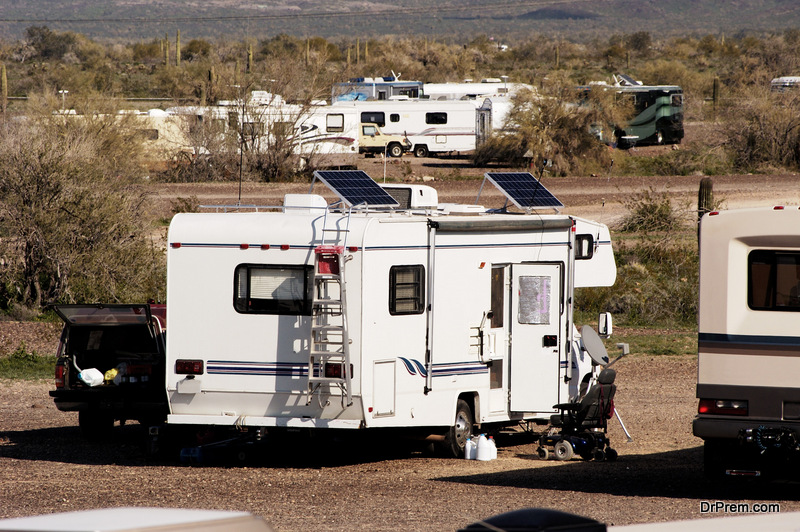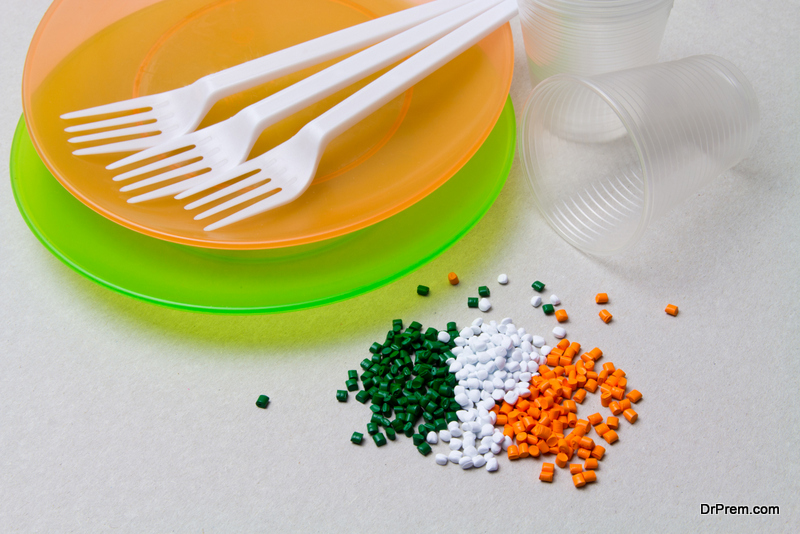Fully three-quarters of Americans say that they’re concerned about the toll that modern life is taking on the environment, according to Pew Research, but only 20% of us live in such a way that helps protect our natural resources “all of the time.”
The truth of the matter is that living a zero-waste life and breaking free from dependence on fossil fuels can be a fairly difficult — not to mention expensive — proposition. This is true even when we’re at home, where we can separate food scraps for the compost pile or religiously recycle our milk containers and newspapers.
Traveling by recreational vehicle might not seem, at first glance, to be an environmentally friendly way to see the world. After all, these behemoths generally get less than 10 miles to the gallon! With a little creativity, however, you absolutely can go RVing and still be kind to Mother Earth. Read on for some inspiration!
6 – Tips to Go Green While on the Go
1. Put Your Money Where Your Mouth Is
Recreational vehicle manufacturers are responding to consumer demand for eco-friendly trailers and motorhomes. These are constructed from recycled materials, composites and thermoplastics. They tend to be smaller and lighter than their traditional counterparts, which means that they are easier to tow with a small truck or family car.
Another option for choosing a greener RV is to get a used one. In fact, you can find a previously enjoyed version of just about any accessory or amenity, from seat cushions to appliances.
2. Consider Your Fuel
 If you haven’t yet purchased an RV, consider buying one that runs on diesel fuel. That way you can easily use biodiesel, either commercially produced or DIY. Biodiesel is not just better for the planet; it’s also less expensive than petroleum-based fuel and better for your engine!
If you haven’t yet purchased an RV, consider buying one that runs on diesel fuel. That way you can easily use biodiesel, either commercially produced or DIY. Biodiesel is not just better for the planet; it’s also less expensive than petroleum-based fuel and better for your engine!
Really want to reduce your carbon — er, wheelprint? Modify your RV’s engine to run on waste vegetable oil. That’s even more environmentally friendly than biodiesel. Whether the scent of fried food emanating from your tailpipe is a pro or a con is up to you.
3. Keep Your Rig Running Smoothly
Recreational vehicles need a bit more pampering than the ordinary passenger car. Keeping all systems in tiptop shape will save on repair costs and reduce the environmental impact of your nomadic habits.
Schedule regular oil changes and air filter inspections. Be vigilant about checking your tire pressure, too; if you are running flat, you are wasting fuel. And remember that keeping your average speed right about 55 mph is ideal, not just for safety’s sake but for fuel efficiency.
To further ensure peace of mind while you and your family are on the road, look into a motorhome warranty Good Sam provides. Along with RV insurance, this will keep your trip on track.
4. Take Advantage of Solar Power
 Solar panels are a perfect way to power the inside of your RV. They are lighter and more portable than ever before. Installing them on the roof of your rig will take advantage of the many hours you’ll spend cruising, and can even allow you to camp off the grid.
Solar panels are a perfect way to power the inside of your RV. They are lighter and more portable than ever before. Installing them on the roof of your rig will take advantage of the many hours you’ll spend cruising, and can even allow you to camp off the grid.
If that is too big of a step to take right now, at least consider a solar water heater to warm up the H2O used for your dishwashing, handwashing, and showering.
5. Install an Awning
If your vehicle didn’t come equipped with a pull-out awning, consider making the investment. An awning will provide relief from the sun’s heat when you can’t find natural shade. This, in turn, can help you cut down on your use of air conditioning — saving you money and helping save the planet’s resources.
6. Don’t Depend on Disposables
 We get it — when you’re on the road, it’s tempting to purchase single-use plastic plates, bowls, silverware, and cups. However, the convenience isn’t worth the trade off. Using dishes or utensils only once, then throwing them out, is a terrible practice both from an environmental and an economic standpoint.
We get it — when you’re on the road, it’s tempting to purchase single-use plastic plates, bowls, silverware, and cups. However, the convenience isn’t worth the trade off. Using dishes or utensils only once, then throwing them out, is a terrible practice both from an environmental and an economic standpoint.
That doesn’t mean you have to tote around Grandma’s 12-setting silver service or fragile china dishware. Pick up a few sturdy plates and bowls made from BPA-free plastic, or better yet, stop at the next thrift store or flea market you see and purchase one-of-a-kind pieces.
It should go without saying that individual bottles of water are an eco no-no, but if you really want to go the extra mile, buy steel drinking straws so you can eschew the plastic versions at fast-food places or diners. Americans use some 500 million plastic straws each year, but because they aren’t easy to recycle, they are the seventh-most common type of trash found washed up on beaches.
Happy Traveling!
As you can see, it is possible to enjoy the RV lifestyle — whether you take one road trip a year, or live in your rig full-time — without leaving an unconscionably large carbon footprint.
Want to tap into your inner crafter? Learn how to upcycle plastic bags or bottles into useful and unique household objects! You can literally turn your trash into treasure, and it’s a great way to while away the time on long-distance drives.
Article Submitted By Community Writer


